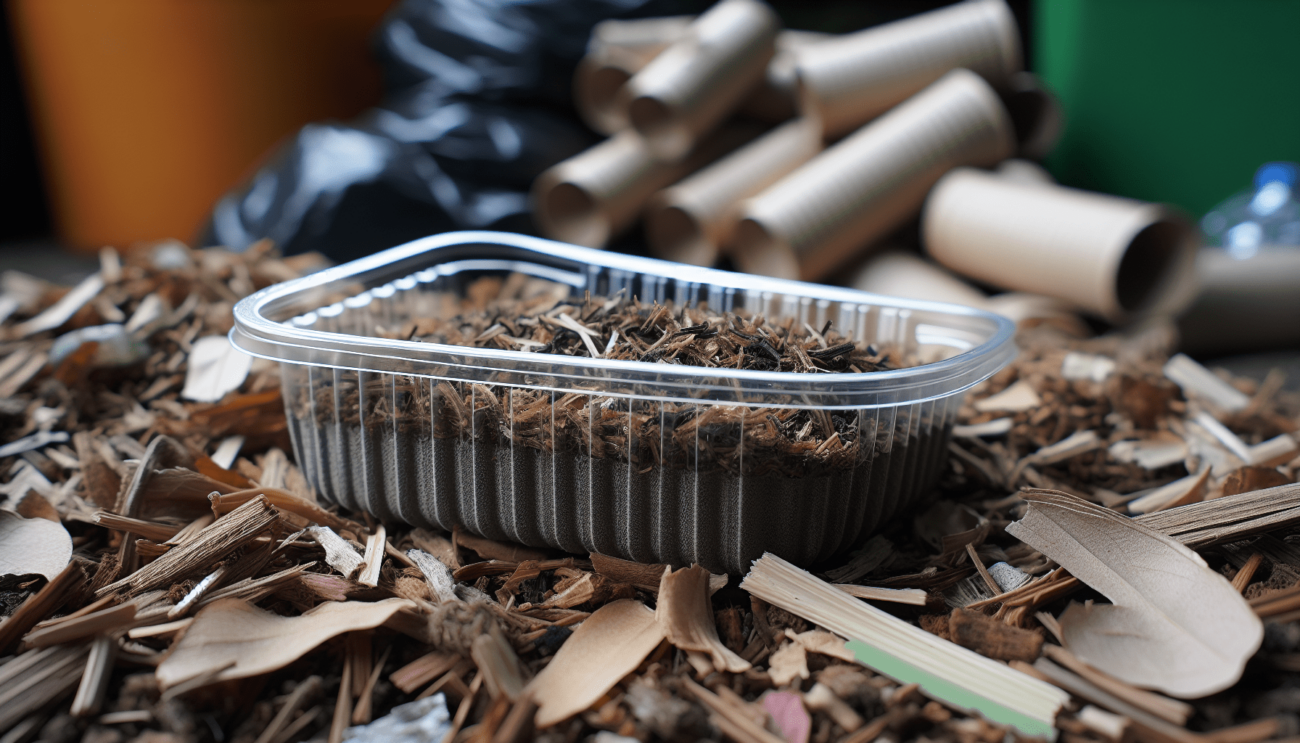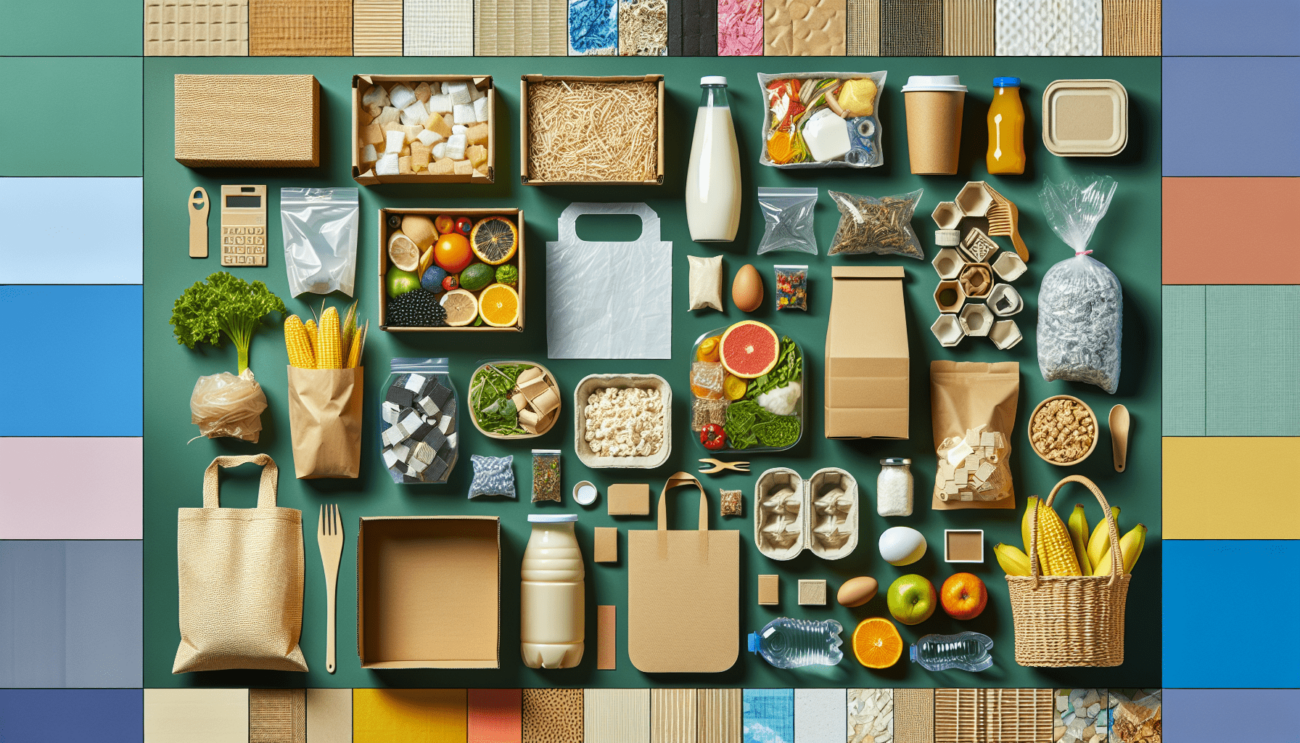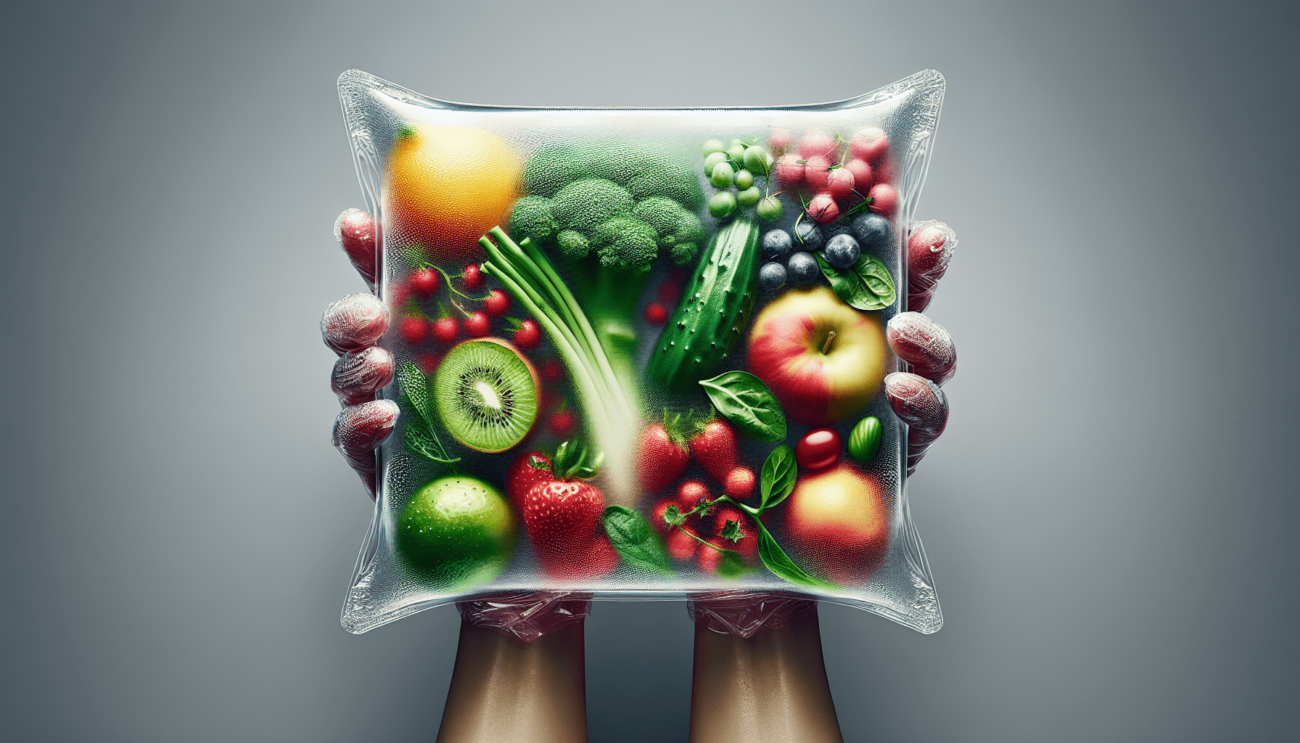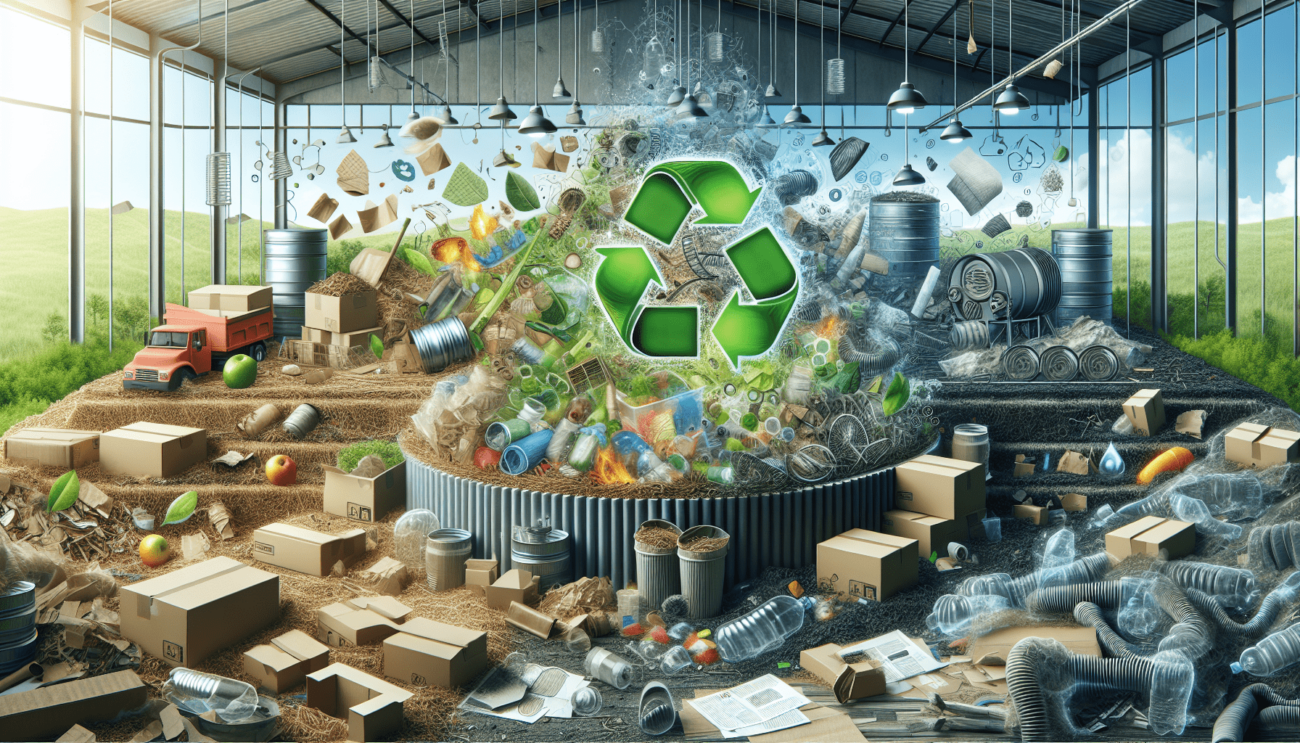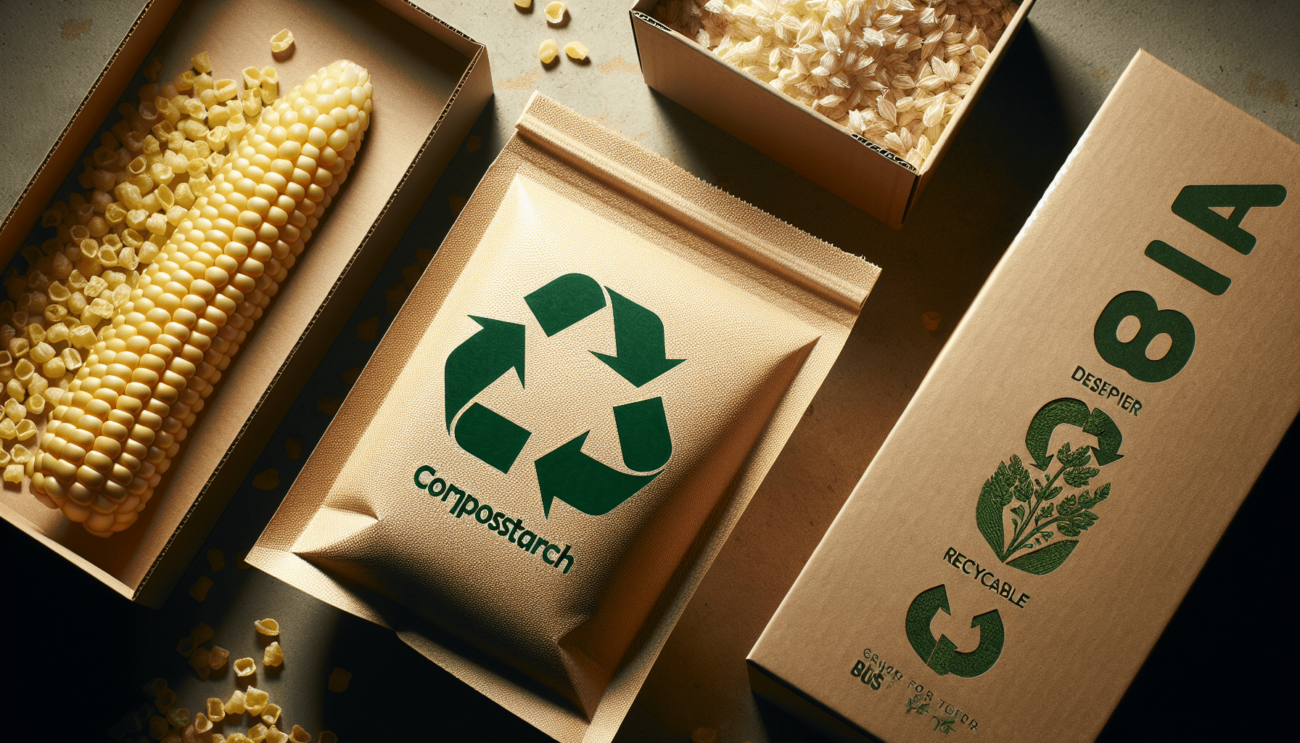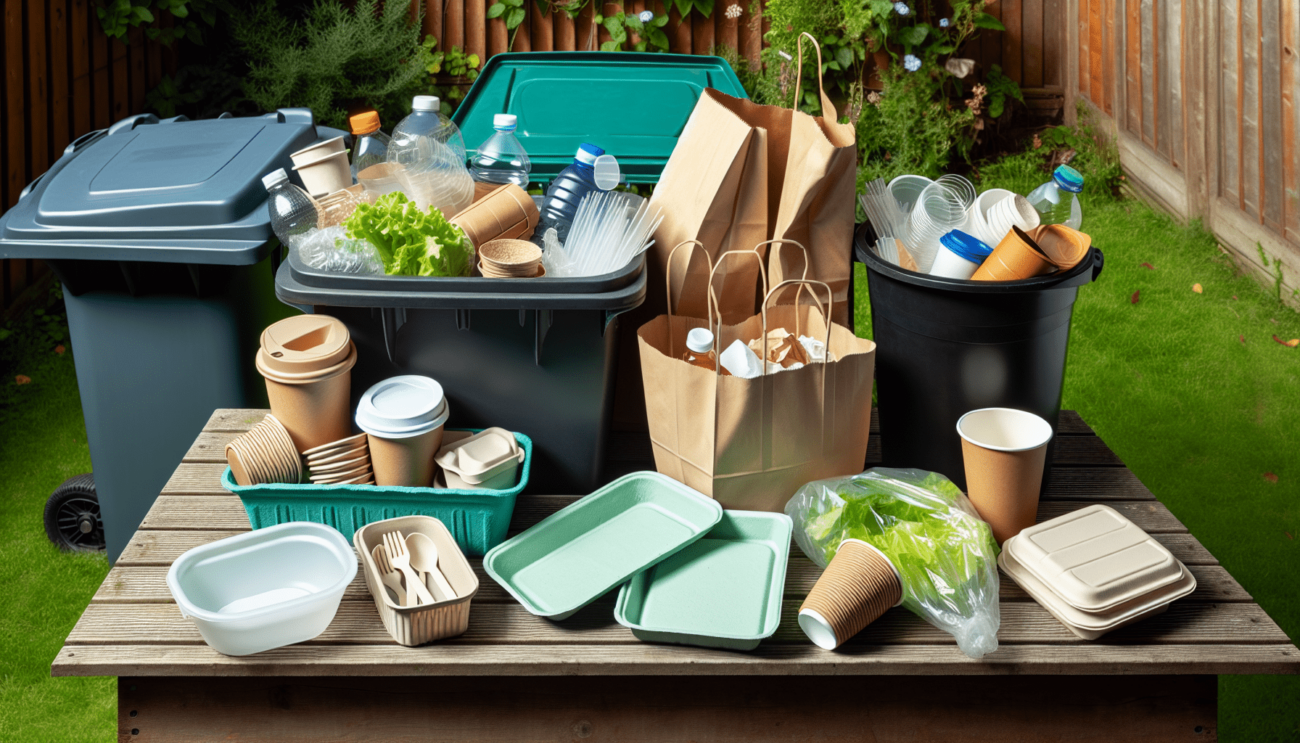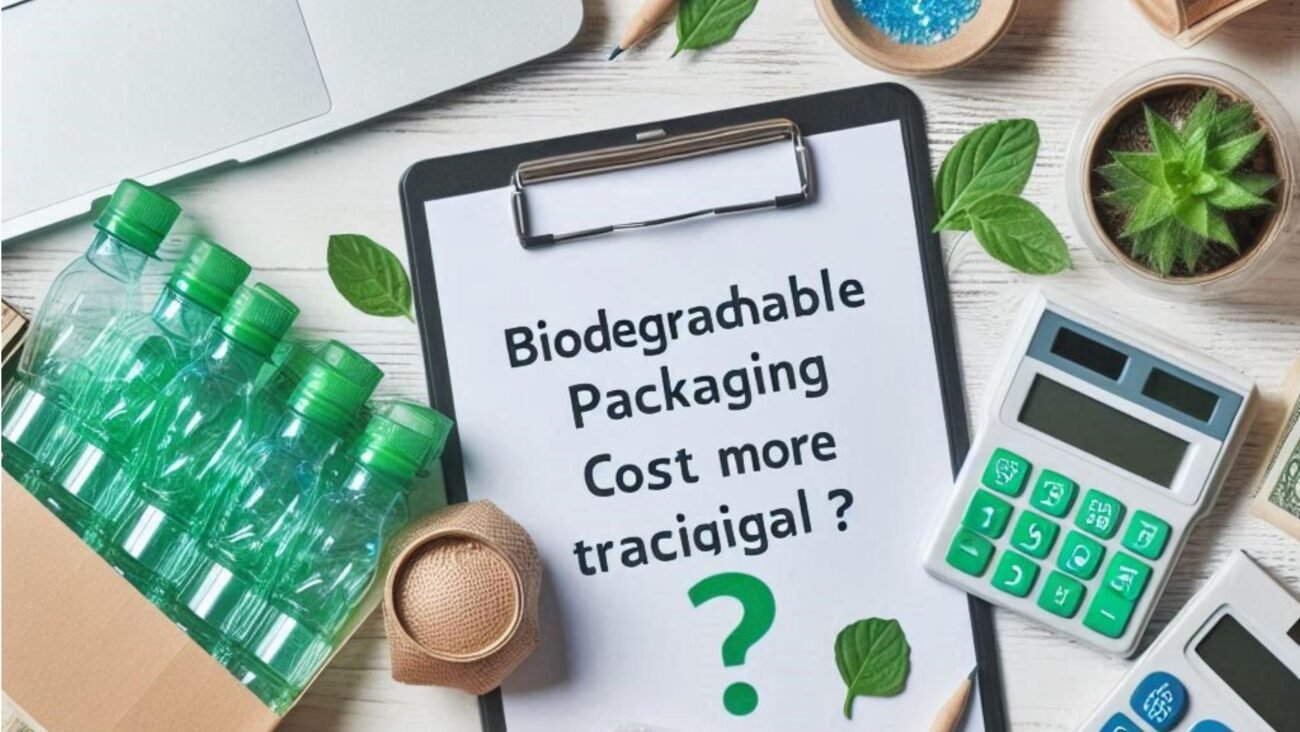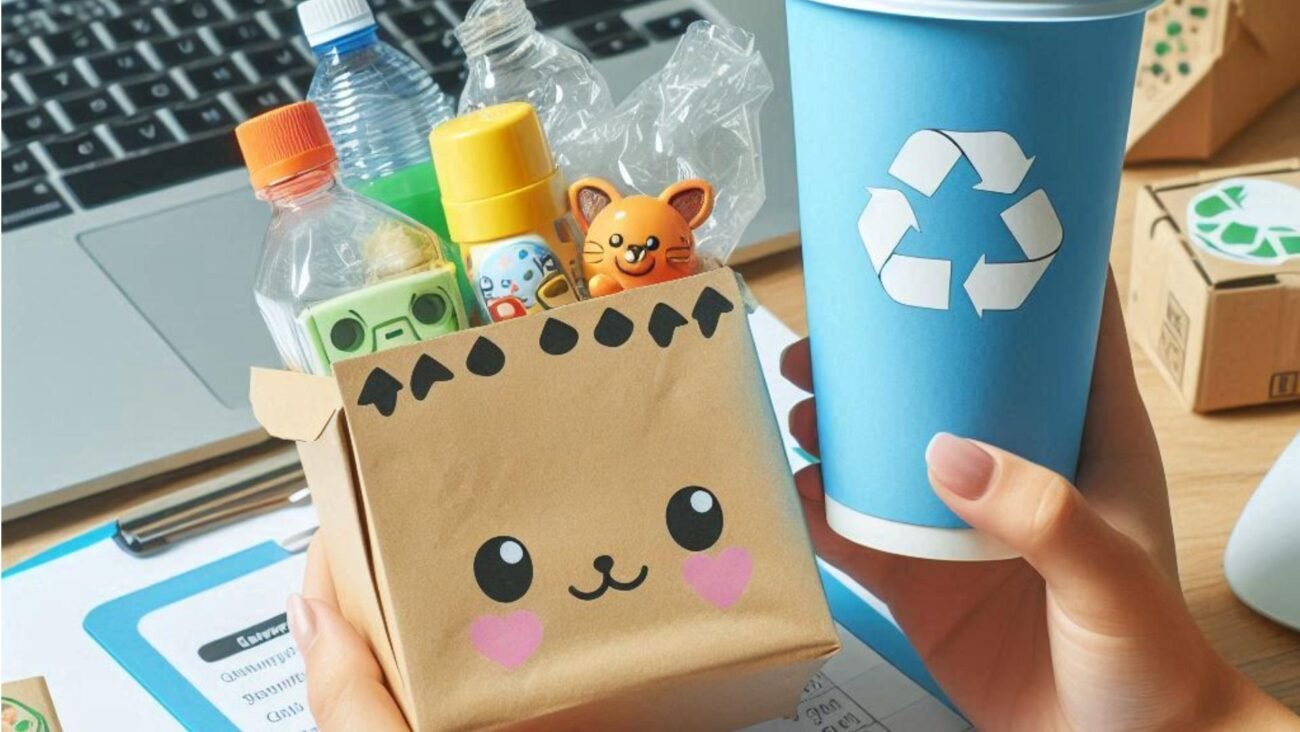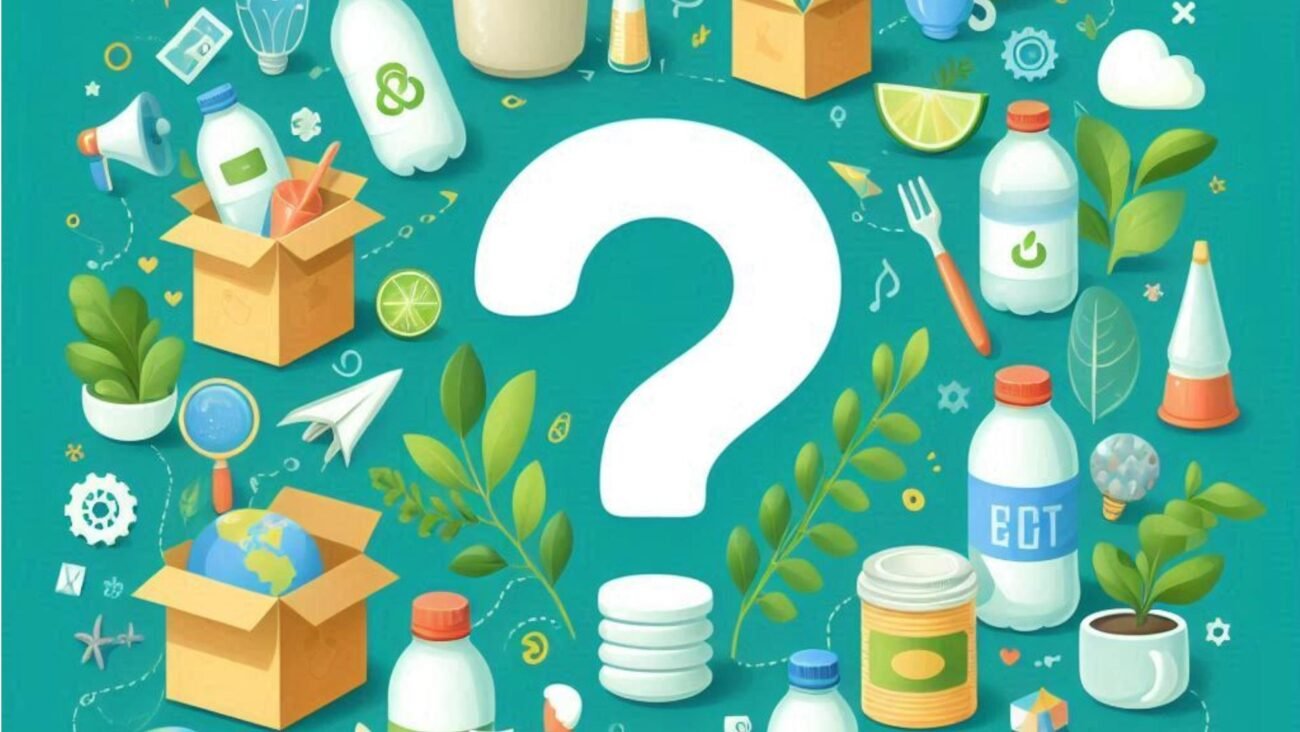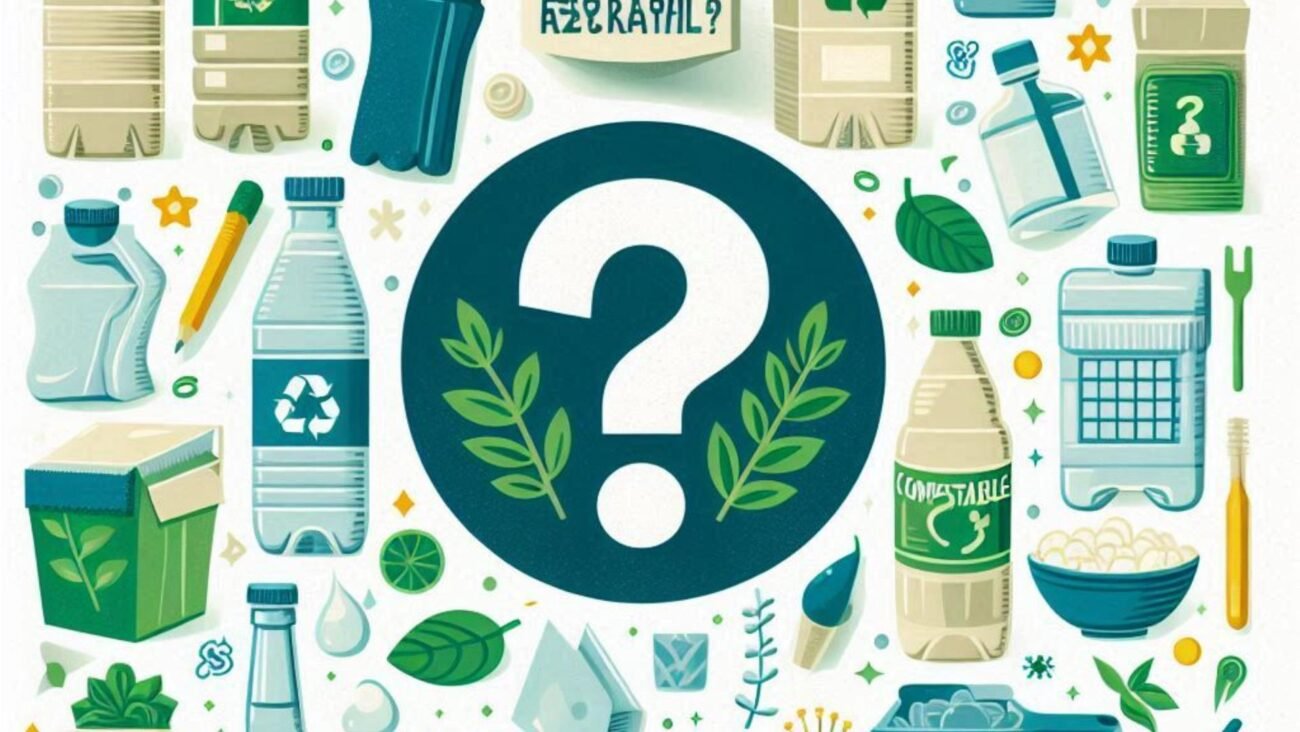Have you ever wondered what materials are used to make eco-friendly packaging? In this article, we will explore the different options available for sustainable packaging solutions that are not only good for the environment but also for your business. From biodegradable food packaging to compostable utensils, there are a variety of eco-conscious packaging materials to choose from. Let’s dive in and find out more about what materials make up these green packaging options.
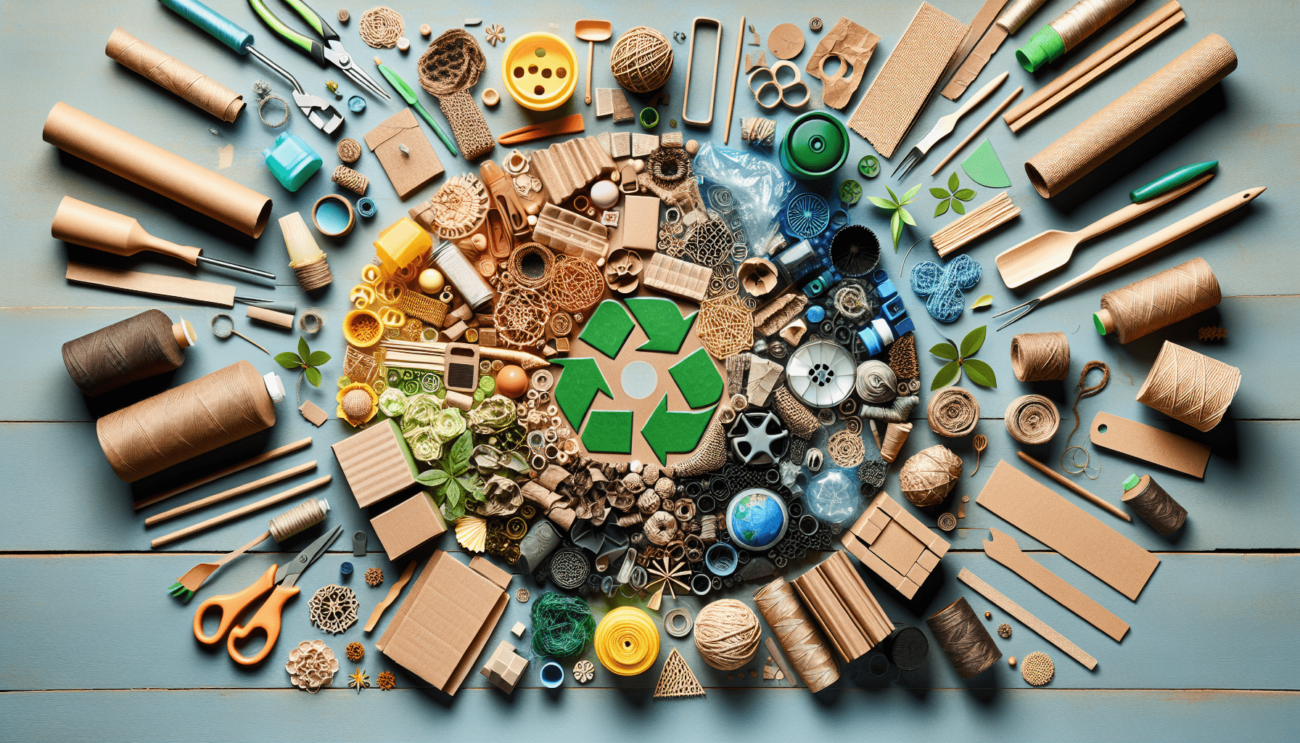
Sustainable Packaging Materials
When it comes to eco-friendly packaging, the materials used play a crucial role in reducing waste and environmental impact. Sustainable packaging materials are those that are sourced responsibly, minimize pollution, and can be recycled or composted after use. Some common sustainable packaging materials include:
1. Recycled Paper and Cardboard
Recycled paper and cardboard are popular choices for eco-friendly packaging due to their biodegradability and recyclability. These materials can be easily recycled multiple times without losing their quality, making them an ideal choice for packaging products. Additionally, using recycled paper and cardboard reduces the demand for new raw materials, helping to conserve natural resources.
2. Biodegradable Plastics
Biodegradable plastics are designed to break down into natural elements over time, reducing their impact on the environment. These materials are made from renewable resources like corn starch, sugarcane, or potato starch, making them a sustainable alternative to traditional plastics. Biodegradable plastics can be composted or recycled, offering a more environmentally friendly option for packaging.
3. Plant-based Compostable Materials
Plant-based compostable materials, such as PLA (polylactic acid) and bagasse, are derived from renewable resources like corn, sugarcane, or bamboo. These materials are fully biodegradable and compostable, breaking down into organic matter when discarded. Plant-based compostable materials are a great choice for eco-friendly packaging as they help reduce waste and support sustainable practices.
Eco-friendly Packaging Alternatives
In addition to the sustainable packaging materials mentioned above, there are several eco-friendly packaging alternatives that businesses can explore to reduce their environmental impact. These alternatives offer creative solutions to traditional packaging methods and can help minimize waste and carbon footprint. Some eco-friendly packaging alternatives include:
1. Compostable Clamshell Containers
Compostable clamshell containers are a popular choice for eco-friendly takeaway packaging. Made from plant-based materials like bagasse or PLA, these containers are fully biodegradable and can be composted along with food waste. Compostable clamshell containers are an excellent alternative to plastic containers, providing a sustainable option for food packaging.
2. Biodegradable Produce Bags
Biodegradable produce bags are a sustainable alternative to single-use plastic bags commonly used in grocery stores and markets. These bags are made from materials like cornstarch or plant-based polymers, breaking down into natural components when discarded. Biodegradable produce bags help reduce plastic waste and are an eco-friendly option for packaging fruits and vegetables.
3. Sustainable Retail Packaging Bags
Sustainable retail packaging bags are designed to minimize environmental impact while providing a stylish and functional packaging solution. These bags are made from recycled paper or biodegradable materials, offering a sustainable option for retail businesses. Sustainable retail packaging bags can be customized with branding and designs, making them an eco-friendly choice for packaging products.
Benefits of Using Eco-friendly Packaging
There are numerous benefits to using eco-friendly packaging for your business, ranging from reducing waste to improving brand reputation. By making the switch to sustainable packaging materials, you can contribute to a healthier planet and attract eco-conscious customers. Some of the key benefits of using eco-friendly packaging include:
1. Reduced Environmental Impact
Eco-friendly packaging materials are designed to minimize environmental impact by using renewable resources, reducing waste, and promoting recycling and composting. By choosing sustainable packaging options, you can help lower your carbon footprint and support a healthier planet.
2. Enhanced Brand Image
Using eco-friendly packaging can enhance your brand image and attract environmentally conscious consumers who value sustainability. By showcasing your commitment to the environment through sustainable packaging practices, you can build trust with customers and differentiate your brand from competitors.
3. Cost Savings
While eco-friendly packaging materials may have a slightly higher upfront cost compared to traditional packaging options, they can lead to long-term cost savings for your business. By reducing waste and utilizing recyclable materials, you can lower packaging expenses and improve overall efficiency.
4. Compliance with Regulations
Many countries have regulations and restrictions in place to reduce the use of single-use plastics and promote sustainable packaging practices. By using eco-friendly packaging materials, you can ensure compliance with environmental standards and avoid potential fines or penalties.
Choosing the Right Eco-friendly Packaging
When selecting eco-friendly packaging for your business, it’s essential to consider your specific needs and requirements to find the most suitable options. Whether you’re a small restaurant looking for compostable food packaging or a retail store in need of sustainable retail bags, there are eco-friendly packaging solutions available for every industry. Here are some factors to consider when choosing the right eco-friendly packaging:
1. Product Compatibility
Before choosing eco-friendly packaging, make sure it is compatible with your products and provides adequate protection during transport and storage. Consider the size, shape, and weight of your items to select packaging that meets your specific requirements.
2. Environmental Impact
Evaluate the environmental impact of the packaging materials you choose, considering factors such as recyclability, compostability, and biodegradability. Aim to select materials that align with your sustainability goals and contribute to reducing waste and pollution.
3. Branding and Customization
Look for eco-friendly packaging options that can be customized with your branding, logo, or messaging to promote your business. Sustainable packaging can enhance your brand image and create a memorable unboxing experience for customers.
4. Cost and Budget
Consider the cost of eco-friendly packaging materials and assess how they fit within your budget. While sustainable packaging may have a higher upfront cost, it can lead to long-term savings and benefits for your business.
5. Supplier Transparency
Choose suppliers and manufacturers that are transparent about their sourcing practices, production methods, and environmental certifications. Selecting reputable suppliers can ensure that you receive high-quality eco-friendly packaging materials that meet industry standards.

Conclusion
In conclusion, eco-friendly packaging plays a significant role in promoting sustainability, reducing waste, and protecting the environment. By using sustainable packaging materials and alternatives, businesses can minimize their carbon footprint, attract eco-conscious customers, and enhance their brand image. From recycled paper and biodegradable plastics to compostable utensils and plant-based materials, there are a variety of eco-friendly packaging options available for every industry. Make a positive impact on the planet by choosing eco-friendly packaging for your business and join the movement towards a greener future.


